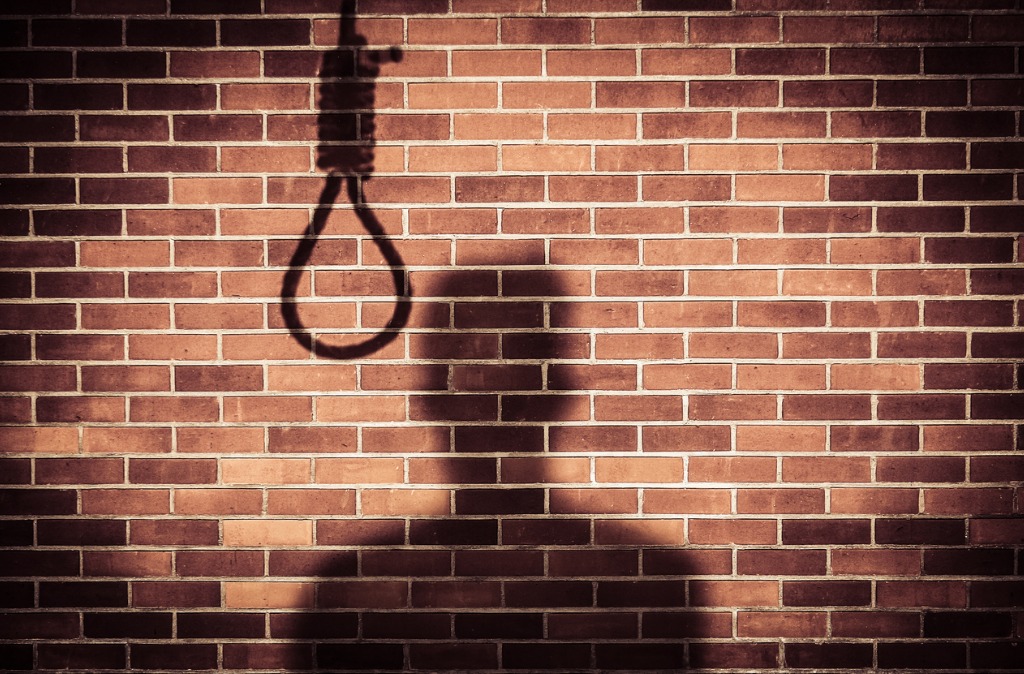
Identifying signs early, evolving strategy key to preventing suicides

Recently, a class 12 student in Madurai, Tamil Nadu, committed suicide in her classroom. While her family, teachers and friends said they were clueless about the reason, experts say that such cases remind us time and again about the need to step up efforts to prevent suicides because there is always a warning sign.
From isolation to lack of sleep and appetite, the smallest of signs, when caught at the right time can prevent suicides.
According to reports, there are almost 2.3 lakh suicide deaths every year, and the rates are higher among the 15-30 year age group and among men older than 30 years. The overall suicide rates are higher among men.
Suicide is a complex subject, with several factors contributing to it — depression, distress and alcohol — and therefore, requires a multi-pronged strategy.
While there are universal helplines and gatekeeping measures abroad, India is yet to come up with a strategy.
Also read: Spate of suicides by UP cops point to pressure, low population ratio
Dr Lakshmi Vijayakumar, World Health Organisation consultant, founder of Sneha, a suicide prevention helpline, says that a draft submitted to the government recently addresses three kinds of intervention strategies — universal, selective and indicated intervention.
“The first kind involves restricting access to pesticides, a strategy that is recommended by the WHO as well, apart from limiting access to alcohol, as 1/3rd of suicides happen under the influence of alcohol,” she said.
“During Perestroika, the Soviet Union prevented upto 35 per cent of suicides by reducing access to vodka. In this category, we also focus on the media’s role, as we suggest sensitive portrayal of suicides rather than sensationalising them.”
The selective category of intervention covers those who are at a higher risk — with physical illness, mental illness, environmental stress.
“This is the vulnerable lot for whom we have to have interventions focusing on removing stigma, improving help seeking behaviour and creating awareness about the occurrence of depression when there is chronic illness, among general physicians. For people in acute crisis, there are crisis centres extending help,” she said.
Indicated intervention includes those who are already suicidal and those who have attempted suicides. There is evidence that if you are in contact with them for one and a half years, there is reduction in suicide attempts.
“We also consider the young and women as vulnerable, and have programmes for both categories,” Dr Vijayakumar said.
Warning signs missed
Dr R Sathianathan, former director, Institute of Mental Health, says from the bottom to the top — from health workers to doctors — one needs to be trained to identify signs.
“From teachers to counsellors in the school to the grassroot-level health worker like nurses, we need to train people to catch these signs. We have reached a point, when parents and family should also be vigilant to prevent such incidents. Every attempt of suicide is a cry for help and we need to address them,” he said.
He noted that unfortunately, the stigma is more in case of suicide attempt is more because even those presumed normal tend to be suicidal in times of crisis.
“Unfortunately, even among the medical fraternity, people are not keen on investigation when there is loss of appetite or sleep. These symptoms of depression are hints that they need help because in about 10-18 per cent of such cases there are suicide attempts,” he said.
The Tamil Nadu government’s health helpline 104 has been addressing and following up on distress calls. Known to be busy during exams and post-results season, the helpline has been looking at addressing prevention of suicide through hospitals, where people who have attempted suicides are admitted.
Dr C Sivagurunathan, who heads the helpline, says that people who commit suicide are successful most often only in the second or third attempt.
Also read: I fought for a long time but today I gave up, says Siddhartha in letter
In Delhi, schools have come up with a clear strategy to help students address issues of the mind through the happiness curriculum that looks at increasing mental health awareness among school children. The classes tackle depression and other mental illnesses among children.
Tamil Nadu is also set to follow with a pilot project with a happiness curriculum.
Sumathi Chandrasekaran, counselling psychologist, who is heading the programme, says, “The focus is on students after class 7, when they begin to develop a self image. We can programme the conscious and subconscious mind to overcome loneliness or complexes that can have an impact on the image. A poor self image can also be a trigger for suicides.”
She said that the project in one school in Chennai will be replicated across schools after the results of its impact are studied.
A concept called Mind Café that is operating in Chennai for almost a year is also an attempt to catch the warning signs of suicidal tendencies.
Sumathi has been trying to get people to open up about their mental health and crisis over a cup of coffee at the centre with counsellors, in a bid to remove the cloud of stigma.
“We have referred people with depression for further treatment after the sessions at the cafe. The concept is just picking up and we need to work on it for a longer duration to fight off the stigma associated with suicide and mental health conditions,” she adds.
If you are in crisis and need help, call 104 for Tamil Nadu health department’s helpline or helplines like SNEHA: 044- 24640050, Roshni: 914066202000; Cooj: 918322252525

